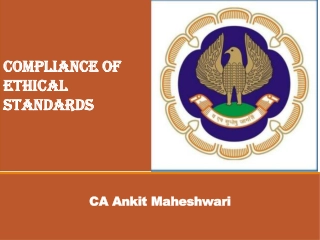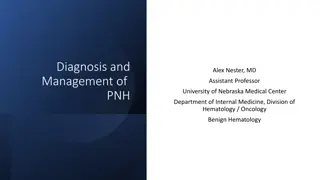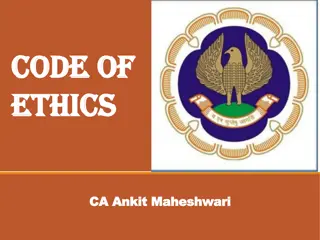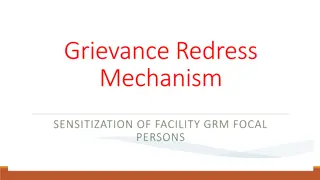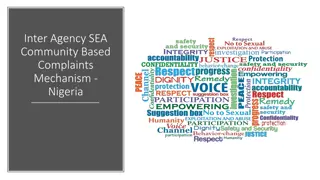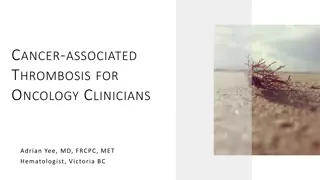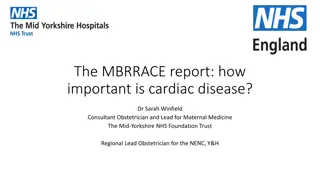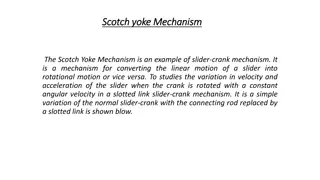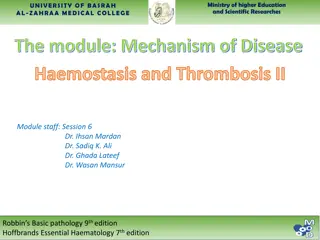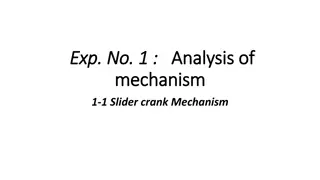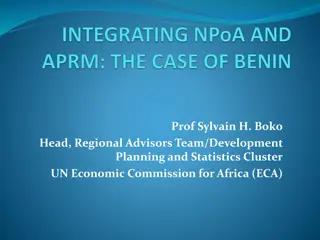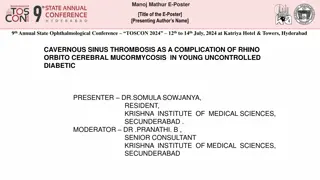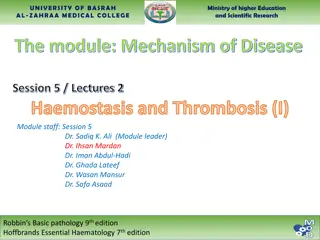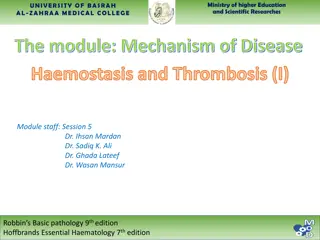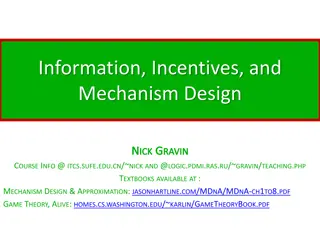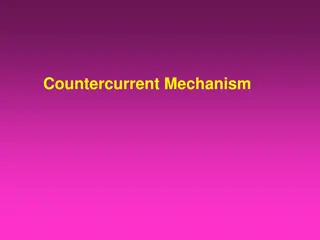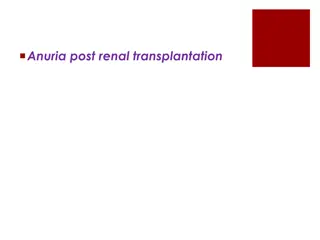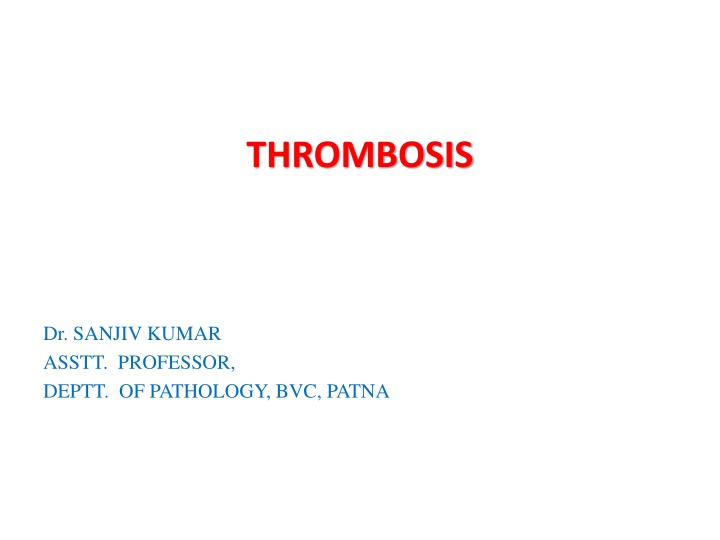
Thrombosis: Causes, Mechanism, and Management
Abnormal formation of blood clots in blood or lymphatic vessels can lead to thrombosis. This condition can be caused by endothelial damage, hemodynamic changes, and hypercoagulability of blood. Learn about the morphologic appearance of thrombi and how they can affect different parts of the body. Dr. Sanjiv Kumar, an Assistant Professor in the Department of Pathology at BVC, Patna, provides detailed insights into the location, causes, and mechanisms of thrombosis.
Download Presentation

Please find below an Image/Link to download the presentation.
The content on the website is provided AS IS for your information and personal use only. It may not be sold, licensed, or shared on other websites without obtaining consent from the author. If you encounter any issues during the download, it is possible that the publisher has removed the file from their server.
You are allowed to download the files provided on this website for personal or commercial use, subject to the condition that they are used lawfully. All files are the property of their respective owners.
The content on the website is provided AS IS for your information and personal use only. It may not be sold, licensed, or shared on other websites without obtaining consent from the author.
E N D
Presentation Transcript
THROMBOSIS Dr. SANJIV KUMAR ASSTT. PROFESSOR, DEPTT. OF PATHOLOGY, BVC, PATNA
DEFINITION Abnormal formation of a blood clot within the vasculature of a living animal. A mass of fibrin and or platelets along with other blood elements
LOCATION Blood or lymphatic vessel Heart (Mural thrombi) Free in their lumens (Thrombo-embolism)
CAUSES AND MECHANISM I. Endothelial damage II. Hemodynamic changes III. Hypercoagulability of blood
ENDOTHELIAL DAMAGE Mechanism Damage to endothelial cells- Release of tissue thromboplastin Subendothelial components-Collagen, fibronectin Platelet adhere to the exposed sub-endothelial collagen Tissue factor released by the damaged endothelial cells activate the coagulation cascade Decreased PGI2, decreased nitric oxide (NO) Release of TXA2 causes vasoconstriction timulates aggregation
HEMODYNAMIC CHANGES Abnormal blood flow Turbulence or blood stasis Disrupts laminar flow of blood Platelets coming in close contact with vascular wall Coagulation factors are activated Endothelial injury result in release of tissue factor
HYPER-COAGULABILITY OF BLOOD Favours thrombosis due to a change in make-up of the formed elements of the blood Inherited deficiency of anticoagulent component such as protein C Imbalance in procoagulent and anticoagulent components in the blood Patients with certain kinds of cancer and dogs with hyperadrenocorticism-hyper-coagulable state
Morphologic appearance of thrombus Depends upon the location and composition (relative proportion of platelets, fibrin and erythrocytes) Cardiac and arterial thrombi are pale thrombi. Venous thrombi are dark red. RBC s are often incorporated into a loose meshwork of platelets and fibrin. Cardiac and larger arterial thrombi often have a laminated appearance created by rapid blood flow characterized by alternating layers of platelets (dark) and fibrin intermixed with Rbc s and leucocytes (pale)-Lines of Zahn
POSSIBLE OUTCOME Propagation- A small thrombus can become a large thrombus as more platelets and erythrocytes and fibrin accumulate. Dissolution- Thrombus may undergo dissolution. Thromboembolism- parts of the thrombus may dislodge and form a new thrombus or obstruction at a distant location. Infarction and ischaemia-Reduced blood flow to tissue (ischemia) or complete obstruction of blood flow so that the tissue dies (Infarction) Organization and Recanalization- The thrombus is converted to fibrous connective tissue. This scar tissue may contract allowing re-establishment of blood flow through recanalized vessel. Disseminated thrombi are formed simultaneously in a widespread manner (infectious or neoplastic diseases)-coagulation factors and platelets become depleted- causes disseminated haemorrhage. intravascular coagulopathy (DIC)-When numerous
DIFFERENCE BETWEEN PM CLOT AND THROMBUS PM CLOT Blood clots within the vasculature after the death of animal. These clots are shiny, red, gelatinous. Have yellow plasma near the surface-chicken fat clot and while base is red because rbc s settle down in the clot-Currant- jelly clot.
Character Thrombus PM Clot Fills the vessel Smaller than vessel Size Rough Smooth, shiny and glistening Surface Point of attachment with vessel wall Not Attached Attachment Laminated appearance Homogenous Structure Red, white or mixed Red or chicken fat Color Roughened Smooth Endothelium

